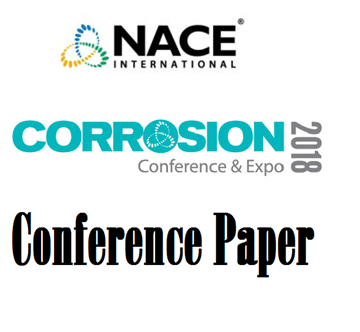Search
51318-11001-The Role of Corrosion in a Mooring Chain Link Premature Fatigue Failure
Also Purchased
09066 Mooring Chains - Extent of Drain from ICCP System and Sacrificial CP System
Product Number:
51300-09066-SG
ISBN:
09066 2009 CP
Publication Date:
2009
$20.00
51318-10912-Comparative Evaluation of Various Types of Metallic Coatings for Structural Steel in Marine Enviro
Product Number:
51318-10912-SG
Publication Date:
2018
$20.00
51318-10949-Cathodic Protection of Offshore Structures by Extreme Damage Tolerant Sacrificial Coatings
Product Number:
51318-10949-SG
Publication Date:
2018
$20.00




